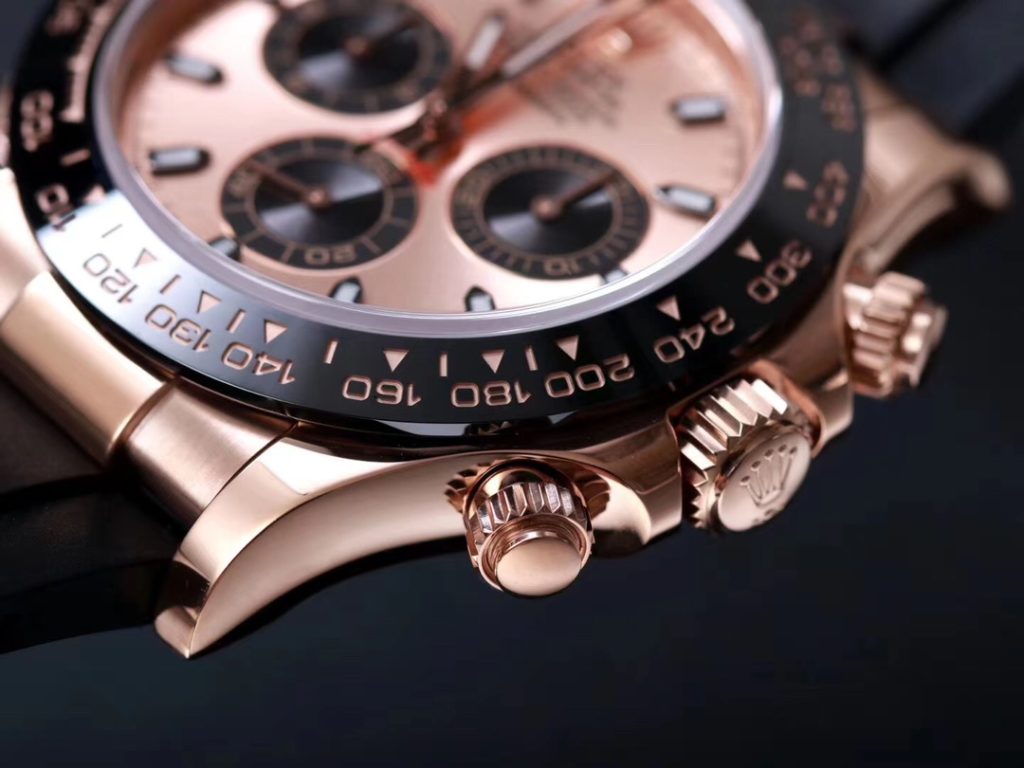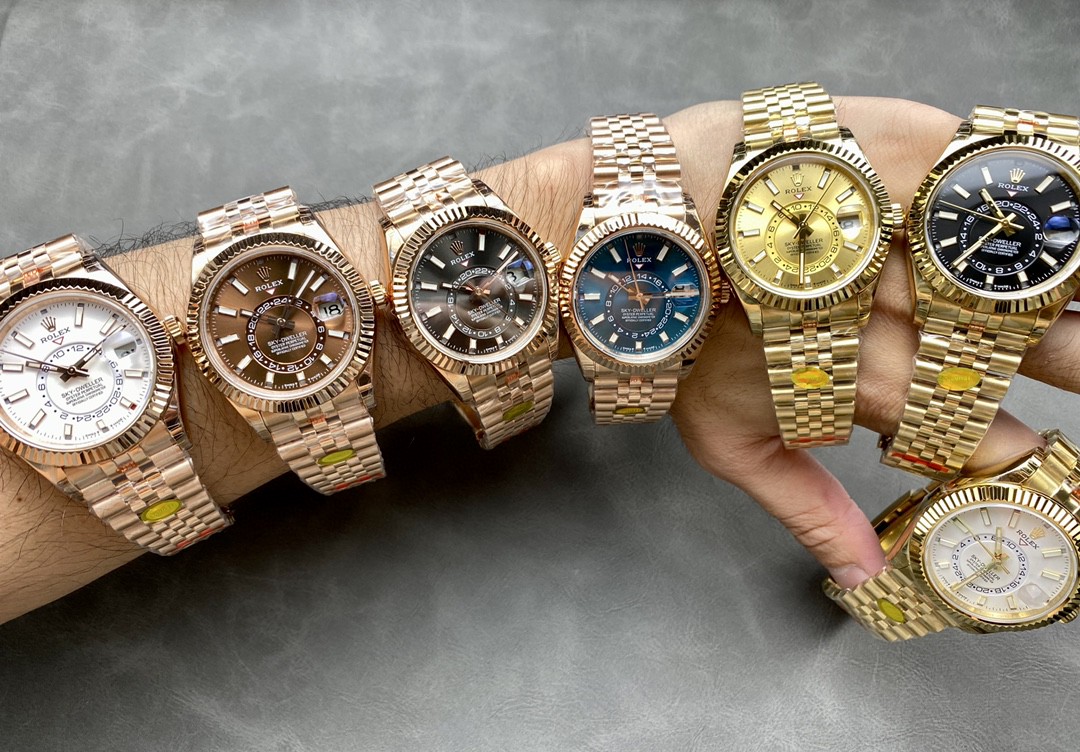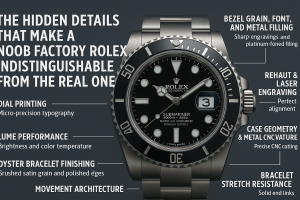In 2025, the replica watch industry has evolved far beyond cheap knock-offs. Today’s best replica watches offer a high level of craftsmanship that can rival genuine luxury timepieces. But what exactly sets a good replica apart from the rest?
First and foremost, a top-quality replica uses high-end materials. The best ones now feature 904L stainless steel, ceramic bezels, and sapphire crystals with anti-reflective coating—all mirroring what is found in authentic Rolex, Audemars Piguet, and Patek Philippe models. These materials not only enhance realism but also ensure durability.
Secondly, a reliable replica must have an advanced movement. Many top-tier models incorporate Super Clone or Swiss-based ETA movements, which offer a smooth sweep (typically 28,800 vph) and support full functionalities like chronographs, GMT hands, or even perpetual calendars. Unlike older replicas that only mimic the look, today’s models also mirror the mechanical complexity.
Detailing plays a crucial role. A well-crafted replica exhibits correct font alignments, properly engraved casebacks, accurate cyclops magnification (usually 2.5x), and polished edges. These small but essential features are often what differentiate a premium replica from a mediocre one.



Wearability is another key factor. The weight distribution, crown feel, bracelet flexibility, and clasp action should feel almost identical to the original. When on the wrist, a good replica shouldn’t raise suspicion from experienced collectors.
Lastly, the manufacturer matters. Factories like Clean, Noob, VS, and APS have built reputations for consistent quality. In 2025, they continue to lead the market by investing in better CNC milling, laser etching, and updated molds for higher accuracy.
In conclusion, a good replica in 2025 is not defined by price alone, but by materials, movement quality, detailing, and the reputation of the factory behind it. The bar has been raised—and only a few replicas truly reach it.



